Description
Roach, who had perfected modern drumming and reigned as a pioneer and leading figure in modern jazz, welcomed the young elite who formed the core of the Sadmer Orchestra, which was at the cutting edge of the jazz world in the 1970s. , a spectacular three-part live show featuring passionate performances that are a precursor to modern jazz tradition! ! Immediately after the formation of the quartet, the Max Roach Quartet performed in Epalanges, Switzerland on September 2, 1976, followed by a performance in Japan in 1977 and then on March 21st in 1978, and a performance in Japan on September 3 of the same year. A super hot 2-disc set that records all 3 rare performances at the Willisau Jazz Festival in Japan and Switzerland on the label’s own carefully mastered super high-quality soundboard (part of the audience). is now in stock! ! All three performances are worth listening to, but in 1976, “It’s Time” by Max, which spans over 35 minutes, is powerful. The studio recording is included on the Impulse masterpiece, but in this live performance, there was no orchestra or chorus or other unnecessary elements, and the four members played straight one shot, creating a sense of tension as they performed this masterpiece. This is a passionate performance with the longest performance time. By the way, the bassist in 1976 was Reggie Workman. The 1978 Japan performance boasts more fulfilling content than the last year’s live that was officially released. Another performance in 1978 was an excellent performance of “Round Midnight,” which featured an innovative two-pipe structure. The front two people are wonderful throughout. Harper’s tenor, which is heavily influenced by Coltrane, is characterized by its simple and melodious nature, and although there are free moments, he never gets tired of it because he moves on to the next development at a moderate length. I would like to recommend Harper as a suitable player as an introduction to Coltrane-type tenor. And Cecil’s trumpet is strong again. Listening to his amazing play, where he blows out complex phrases at extremely high speeds, it feels like the Brownies of the 50’s heyday have come back to life. Furthermore, the ensemble created by Harper and Cecil, who had been collaborating with the Sadmer Orchestra with outstanding compatibility until just before joining this quartet, is so exquisite that it is difficult to describe in words. Also, bassist Calvin Hill, who joined Roach in 1978 and continued to work with Roach in the 1980s along with Cecil, has a very cool bass. It’s great to see that they’ve evolved since they were a regular quartet formed by McCoy Tyner in 1971, when they played fiercely in combination with drummer Alphonse Mouzane. Come to think of it, this quartet came to Japan in 1972. The Japanese performance at this time is also available with the highest quality sound board! Max Roach – Drums Cecil Bridgewater – Trumpet Billy Harper – Tenor Saxophone Calvin Hill – Bass (Disc 1,Disc2 / Track 5-7) Reggie Workman – Bass (Disc 2 / Track1-4) Disc 1 Live at Willisau Jazz Festival,Willisau, Lucerne,Switzerland September.03.1978 EX – SBD 2020 Original Remaster 61 min 1. It’s Time – Band intro 2. Round Midnight 3. South African Six Three 4. Call of the Wild and Peaceful Heart – fade out 5. Six Bits Blues 6. Unknown (incomplete) Disc 2 Live at Japan March.21.1978 EX – SBD 2020 Original Remaster 29 min 1. Call of the Wild and Peaceful Heart 2. Six Bit Blues 3. Mr. Hight Hat 4. Now’s the Time Live at Epalinges,Switzerland September.02.1976 EX – ABD EX – AUD 2020 Original Remaster 46 min 5. It’s Time – fade Out 6. It’s Time 7. Drums in Five
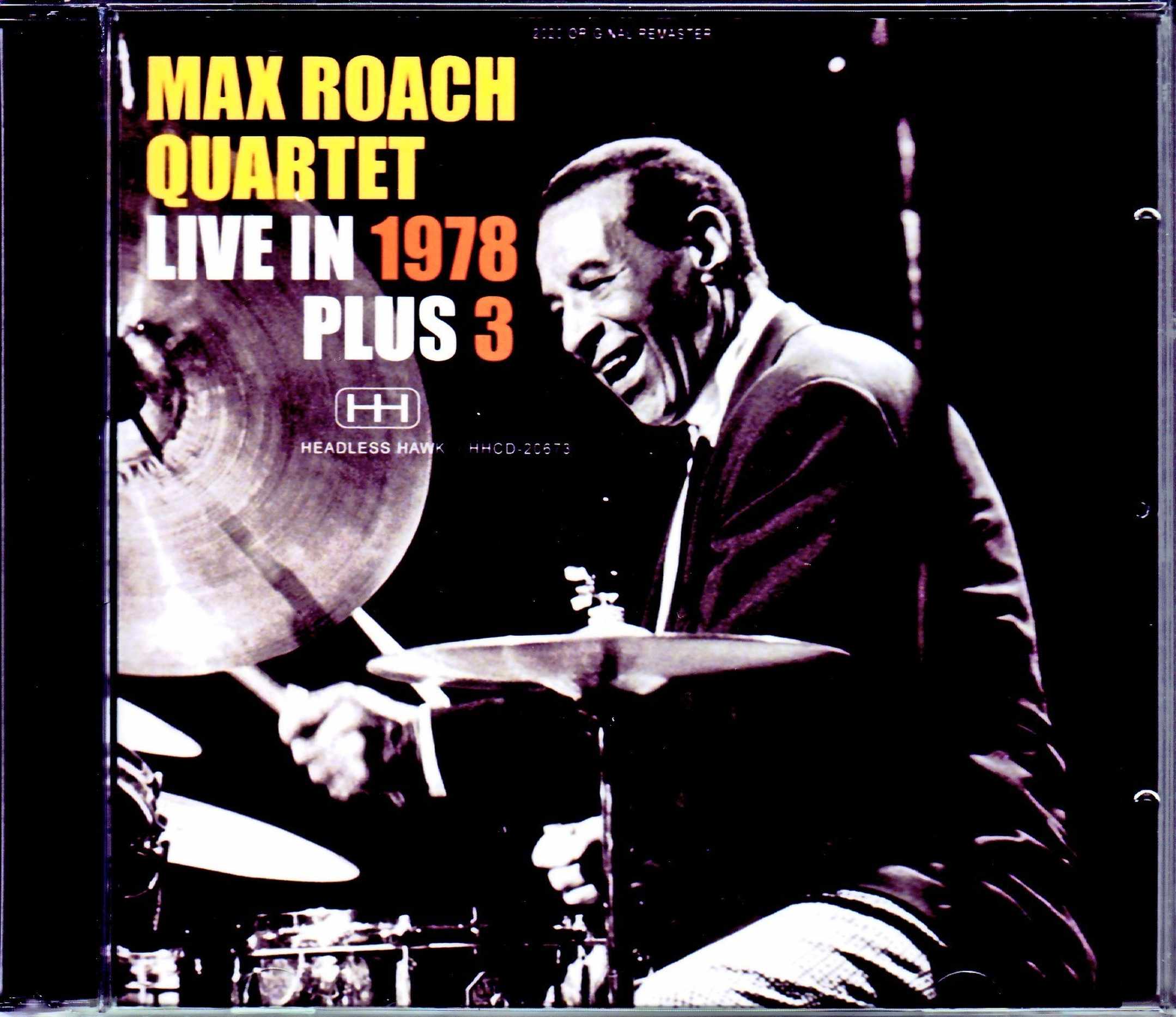
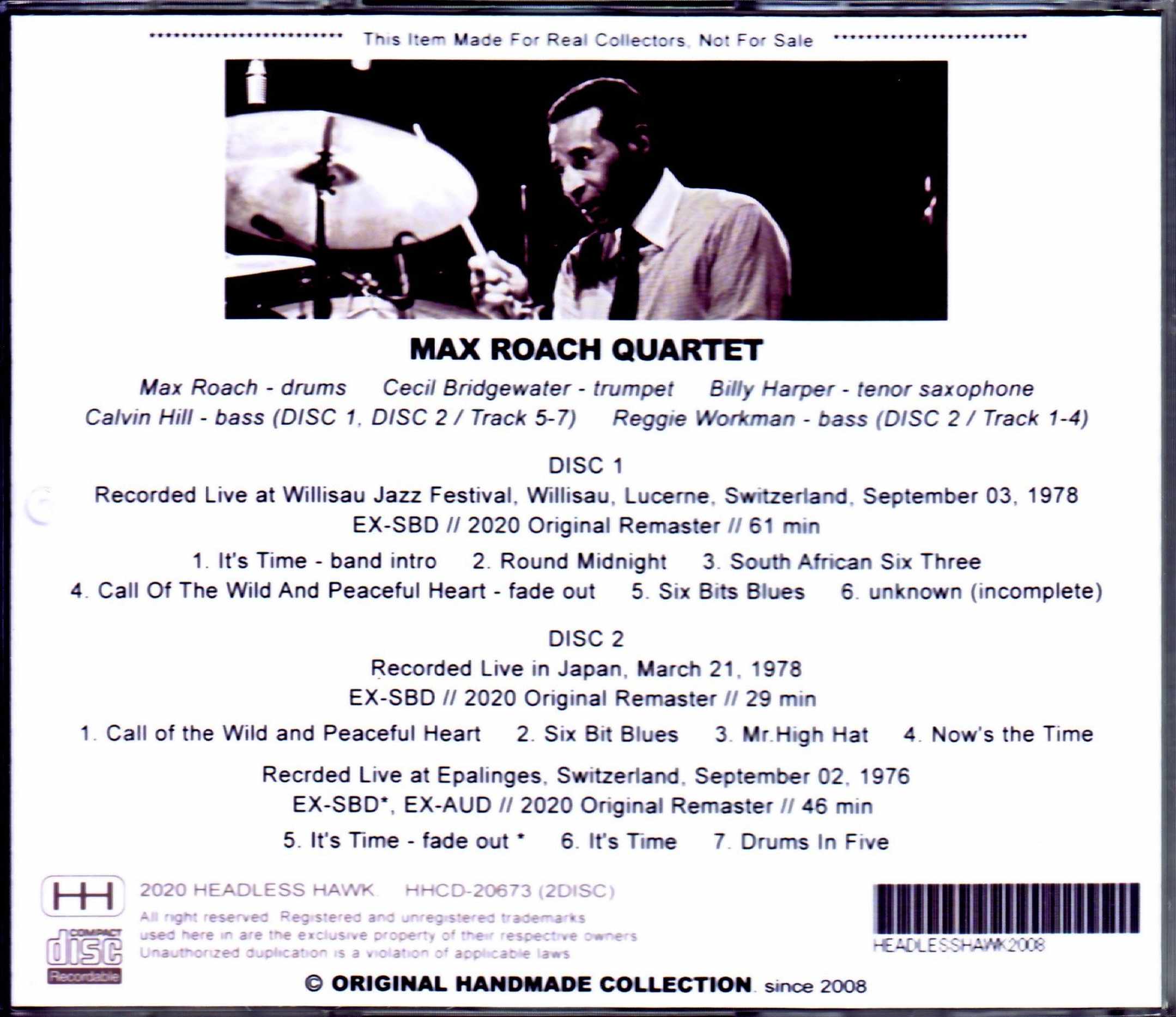

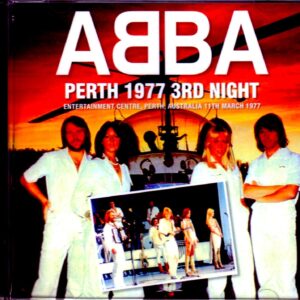
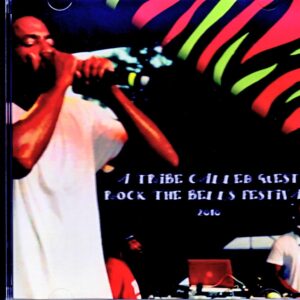
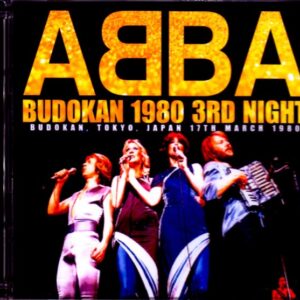
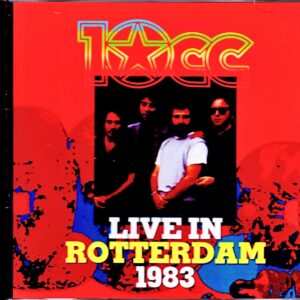
Reviews
There are no reviews yet.